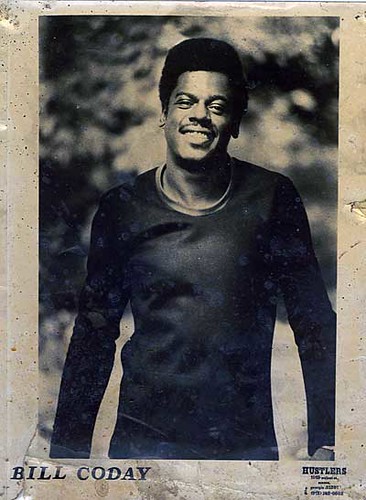Both Sam Shackleton‘s “Hypno Angel”[1] and Kode9 and Spaceape‘s “9 Samurai”[2] feature references to Chopin‘s Funeral March[3]. The first quite literally at 3:12 in the track, the latter throughout the recording.
Both tracks are in the dubstep genre, dubstep is related to hauntology. Both these two recording exemplify hauntology’s preoccupation with the aesthetics of death in a post-9/11 world. Musical hauntologists are advised to read the music sections in the as of yet untranslated French book Principles of an aesthetics of death, with its references to the “Funereal” outings of Mozart, Beethoven, Chopin (“Funeral March“) and Schubert (Death and the Maiden [4]).
In the hauntosphere, Esotika has a post on hauntology and John Maus.[5]
Beyond the critical theory babble, “Hypno Angel” and “9 Samurai” are excellent dub music recordings.












